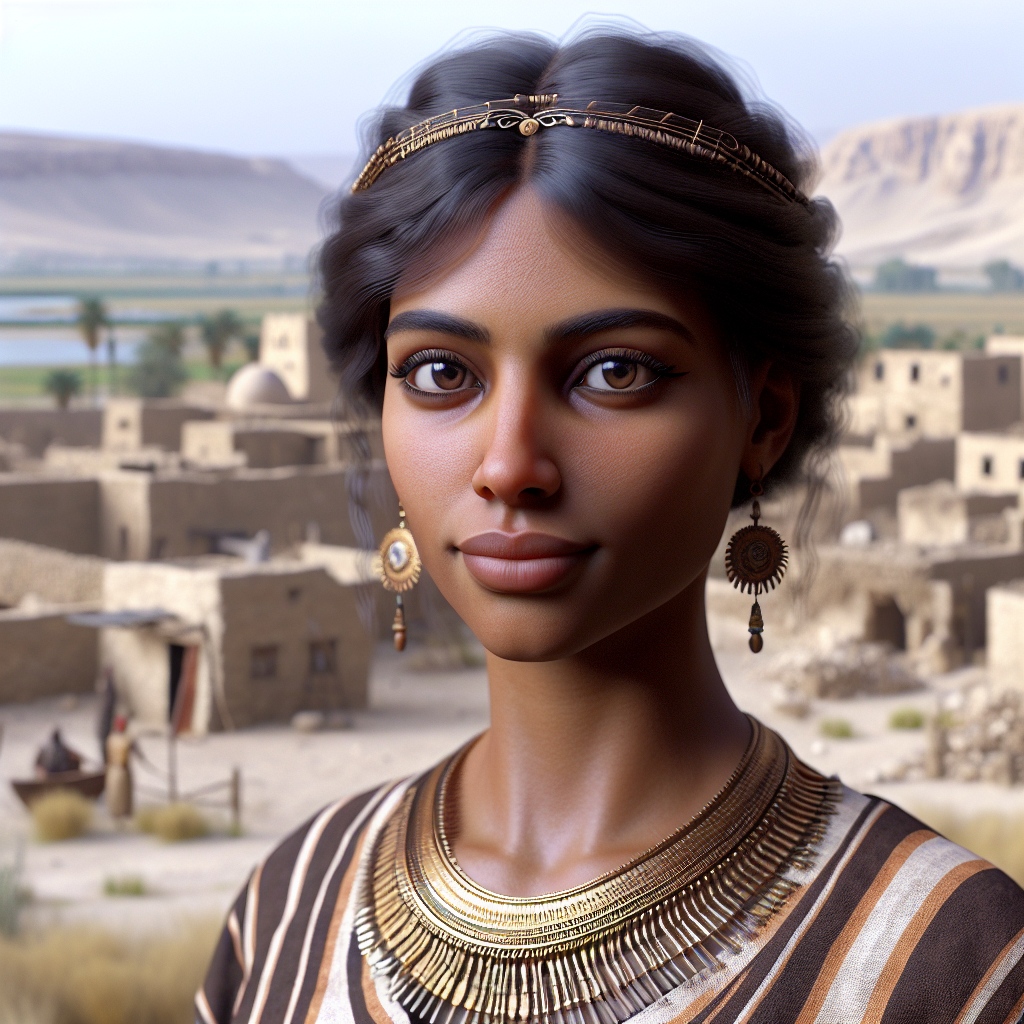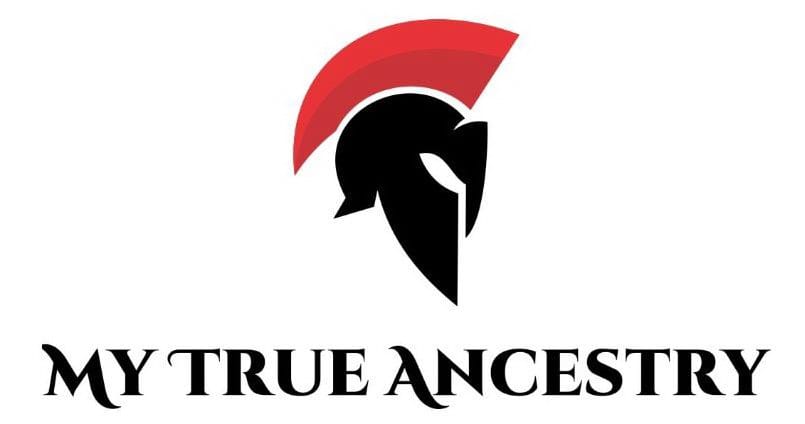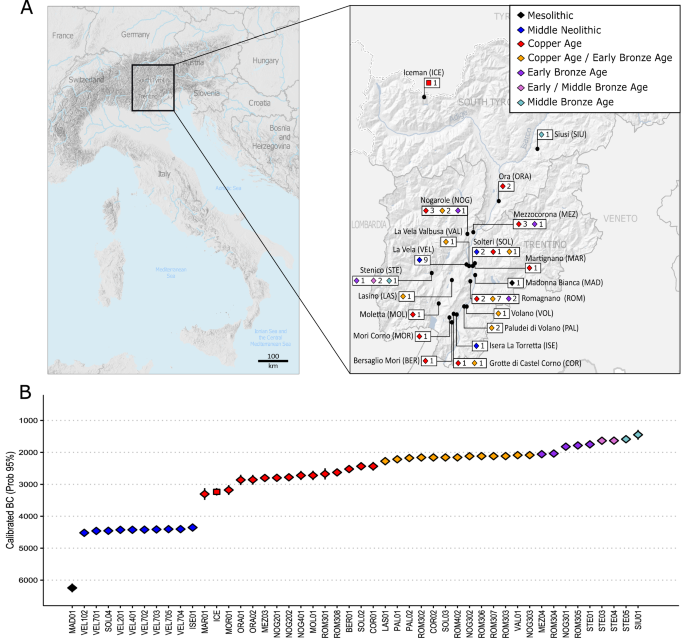Genomic Analysis of 47 Ancient People from the Alps, close to where the Tyrolean Iceman Ötzi was found





In the heart of the Eastern Italian Alps, the study of genetic diversity and structure reveals a historical tapestry woven from ancient genomes. This breathtaking region, famed for its iconic mountain passes like Passo del Brennero, was a crossroads for populations from the Mediterranean and northern alpine territories. Among the enigmatic figures from this area is the legendary Iceman, whose life dates back to the Copper Age (3368-3108 BC).
Recent genomic analysis of 47 prehistoric individuals from the Mesolithic to the Middle Bronze Age, centered in this alpine paradise, showcases the genetic legacy of these ancient inhabitants. Notably, the Iceman exhibits a high percentage of ancestry from Anatolian Neolithic farmers and only a modest connection to Western Hunter-Gatherers. This genetic recipe is attributed to intricate admixture events, where prehistoric communities exchanged genes and cultures like ancient traders at a bustling market.
The Alps were not just a barrier of rugged peaks; they were a dynamic bridge connecting distant civilizations. From the Mesolithic, when hunter-gatherers roamed, to the Early Neolithic migrations from Anatolia, these sweeping demographic changes are painted vividly by the genes of the Alps' ancient people. In this landscape, genome studies reveal societies that carried an echo of the past, yet moved and mingled in ways that would shape the future Mediterranean gene pool.
The genetic analyses paint a picture of a complex interplay between two principal Hunter-Gatherer groups: the Western Hunter-Gatherers, associated with the Villabruna cluster, and the Eastern Hunter-Gatherers from the steppes of present-day Russia and Ukraine. Genetic threads reveal a mingling of these groups dating back to as early as 13,700 BC.
Archaeological sites like Arco via Serafini, Riparo Dalmeri, and the Riparo Villabruna, nestled within hidden valleys and rocky outcrops, are treasure troves of human evolution. These digs have uncovered not only artifacts but stories etched in DNA, tracing the journey of the oldest ancestors through wide valleys into the alpine enclaves. The examination of 47 prehistoric individuals across 17 key sites, adorned with grave goods, uncovers a rich tapestry of human ancestry in the region.
Bringing stones to life was MAD01, a male from the Mesolithic era, whose genetic signature was a harmonious blend of Western and Eastern Hunter-Gatherers. His presence articulates a remarkable narrative of interaction and convergence during 13,700 to 8,300 BC. This remarkable individual was discovered in the Adige Valley, a site enriched with historical promise and intrigue.
While the Iceman himself holds a unique position with distinctive maternal and paternal lineages, his genome shares a peaceful continuity with other Copper Age alpine individuals, showing a stable yet inclusive genetic legacy. This reflects a region where cultural and genetic isolation, sometimes suggested in other isolated communities like Sardinia, appears as a nuanced narrative of selective exchange and enduring identity.
The Iceman's genomic cocktail showcases a unique high proportion of Anatolian farmer ancestry, a feature shared by his contemporaries, yet unique in his particular maternal and paternal lineages. These insights suggest a patchwork of genetic interplay, possibly hinting at isolated community structures amid broader, slow-burning migrations and exchanges.
The transition from Mesolithic hunter-gatherers to Neolithic farmers introduced new economic lifeways, ushering in periods marked by agriculture and animal husbandry. Cultural imprints, evidenced by unique artifacts and pottery, highlight this transition while genetic continuity underscores the persistence of earlier ancestries through time, particularly in remote regions like Sardinia and the Trentini valleys.
Fast forward to the Neolithic era, and we find that the genetic tapestry strongly mirrors that of the Iceman, enriched with ancestry related to Anatolian farmers. This period marks a transformation in subsistence patterns from hunting and gathering to agricultural productivity, leaving behind footprints of a cultural evolution, evident in grave goods and pottery fragments spread across various archaeological sites.
Artifacts such as the exquisite Venus of Gaban, a small female deer antler figure, symbolize the fusion of Mesolithic and Neolithic ideas. As well, the beginnings of metalwork, evidenced by copper artifacts, indicate vibrant exchanges with distant cultures, spurred by the region's strategic trade routes. The Copper Age bursts with transformative vigor, characterized by the onset of copper exploitation in the Trentino-Alto Adige region.
Cultural affinities across the Alps materialize in the form of Baltic amber and weapons unearthed in the Adige valley. Notable are the intricate burial practices reflecting both prevailing and diverging traditions. Funerary customs in this alpine area showcased a rich tapestry of cultural evolution. From simple earthen burials reflective of groups like Remedello to the varied practices indicative of later societal structures, each grave tells its own story of life and death.
The "Steppe" influence, synonymous with the pastoralist traditions of the Pontic-Caspian breadth, makes its spirited entrance around 2400 BC. Items such as Baltic amber beads unearthed in the Adige Valley bear testament to these exchanges, visualizing a synthesis of craftsmanship that transcended mere survival. Although in numbers, these Steppe lineages barely sustained a foothold, suggesting continuity and persistence of a largely Neolithic way of life with tempered additions from these wanderers.
Interestingly, the allure of Steppe pastoralist genes trickled into the genome pool around 2400 BC, suggesting a delicate dance of varied ancestries over time. The study suggests minimal genetic impact from Steppe herders in this locality, hinting at a unique tapestry of isolated yet intertwined ancestral stories.
Though the Alps' harsh environment dictated challenging living conditions, the genetic longevity of its inhabitants is riveting. From the Mesolithic primarily hunter-gatherer communities, to the enriched genomic structures during the Neolithic, transitioning through the Bronze Age, the genetic journey of the Tyrolean ancestors presents an absorbing chapter in the story of human history — one where valleys and peaks alike bore witness to the relentless march of cultural and genetic evolution.
The genomic footprint of many individuals analyzed resonated strongly with that of Neolithic Anatolian ancestors. This marks a fascinating tale of farmers merging their genetic heritage with local hunter-gatherers, painting a picture of cultural and genetic continuity peppered with subtle nuances of non-local admixture.

Comments